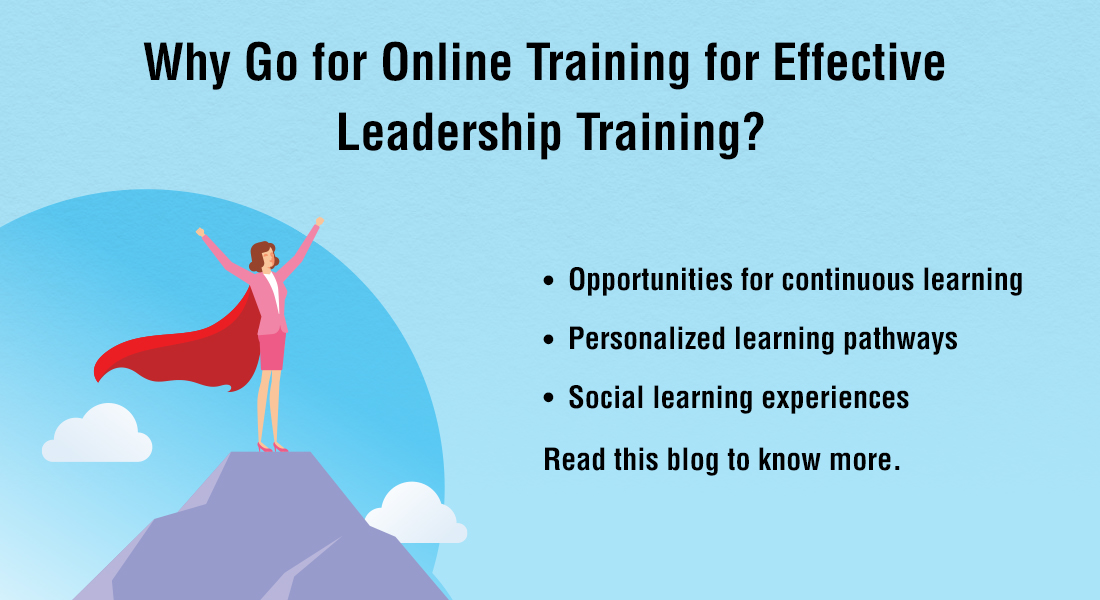Equip Employees in Manufacturing with Blended Learning

You can’t extend training to employees in manufacturing sector using just one mode of training, i.e. just giving offline training materials, or classroom training, or e-Learning, or On-the-job-training, etc. You can try that, but it won’t be effective. So, what can you do? Instead of a one mode exclusive, opt blended learning. It mixes and matches various modes of training and yields the best training results. Blended learning improves workforce engagement, considering individual learning preferences, and so on.
A combination of 2-3 learning methodologies has proven to be more effective than confining your employee training in manufacturing sector to one format.
As per the research compiled by a learning expert Will Thalheimer, Blended learning (using eLearning with classroom instruction) tends to outperform classroom learning by relatively large magnitudes, probably because the eLearning used in blended learning often uses more effective learning methods.
For example, you can use eLearning to educate employees on manufacturing concepts and theory, or you can provide brief pre-classroom training online to bring all employees to the same page or you can use online medium for reinforcement after classroom training. You can keep skill-building activities for classroom training. For practical exposure on working with machinery and equipment, you can opt for On-the-Job-Training (OJT) along with online learning. If you combine all these modes, you can provide better training for manufacturing employees.
Let’s see why creating the right blend of training will impart knowledge and on-the-job skills that really create value for your manufacturing facility.
Develop the Skills Needed for Employees
Employees are broadly categorized into workers, supervisors, and managers in the manufacturing sector. Imparting the skills that workers need improves productivity. The knowledge level training to impart skills on working with various types of machinery and heavy equipment can be done through short duration videos and simulations. However, to ensure practical training working on such machinery under experts’ supervision brings mastery. So blending these formats makes your training comprehensive.
Blending eLearning and Instructor-led Training (ILT) is useful to impart necessary skills to develop competent supervisors and managers. Scenario-based eLearning can be used to develop decision-making abilities among managers in manufacturing companies. The crucial communication skills could be enhanced through face-to-face interactions in ILT/classroom sessions.
Impart Product Knowledge Effectively
Combining eLearning and practical exposure facilitates effective product knowledge transfer. It enhances the confidence of your employees and sales force in dealing with prospects and customers. Incorporating videos in eLearning courses is helpful to demonstrate the usage of products.
However, practical sessions on the product operations in the workshop are useful to clear the doubts for the sales teams. Including case studies in online learning helps your sales force perform better in real-life work scenarios.
Provide Training on Processes
Blended learning is useful to equip manufacturing employees to improve production with the needed process knowledge and skills.
Complex concepts of the processes can be explained through ILT, while eLearning courses can be used to complement the classroom training. Tables and flow diagrams are used to explain the various stages of the process and to give a clear overview of them.
Animations in online learning help demonstrate how a process works in each stage, and using simulations also facilitate the employees to gain mastery over the production process.
Deliver Extensive Compliance Training
Training employees on compliance help manufacturing organizations to adhere to the rules & procedures prescribed by the regulatory authorities.
Online courses in connection with ILT sessions work better to impart effective compliance training.
Bite-sized videos, as a part of eLearning are useful to communicate key messages across organizations to emphasize the need for compliance with prescribed standards. Conducting mock drills gives practical exposure to the possible safety threats for employees. Role-playing in classrooms helps employees to understand the compliance regulations much better and apply to their work-life situations. Presenting case studies in eLearning courses also help workers to get exposure to real-life situations, which they may face in the course of their regular jobs.
Use an LMS to Implement Blended Learning
Using a Learning Management System (LMS) is the better way to assign, deliver, track, and manage blended learning.
You can use an LMS to manage blended learning by automating a significant portion. This saves you a lot of time and clerical hassles, allowing you to use your time more productively on instructor-led training, field-based training, and other aspects of your regular tasks.
Blended Learning in Manufacturing: A Case Study
Intel Corporation converted a 12-day classroom session on equipment training into a blended learning solution that consists of 5-day classroom, a 3-hour Web Based Training (WBT), and a Managed Preventive Maintenance (MPM) for On-the-Job Training (OJT). The results of this blended learning implementation demonstrated a 60% reduction of technician time away from the factory, benefits cost ratio of 2.27 and an ROI of 157%. The results show that blended learning is a viable and cost-effective solution for training employees in the manufacturing sector.
Hope you got a fair idea on how to garner blended learning to impart high quality and cost-effective training for your employees of manufacturing facilities. Do you need more information about training employees in the manufacturing sector? Check our manufacturing page.





